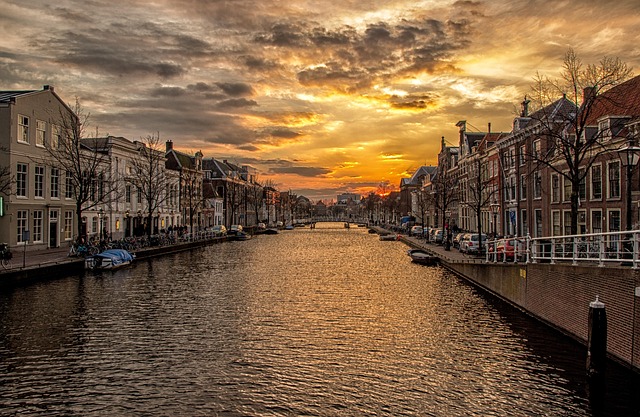In the realm of photography, one technique has emerged as a game-changer for capturing stunning images with a dynamic range of color and detail—High Dynamic Range, commonly known as HDR. This sophisticated approach allows photographers to produce images that better reflect the vast variety of light tones in a scene, enhancing the visual storytelling in every shot.
When you think of HDR, picture a landscape at sunrise where shadows play hide-and-seek with brilliant rays of sunlight. Traditional photography can struggle in situations like this, often leading to washed-out highlights or murky shadows. With HDR, photographers can capture both extremes of light simultaneously. By taking multiple exposures of the same scene at different brightness levels, and then blending them together, you can achieve a powerful image that resonates with texture and complexity.
Understanding how to utilize HDR effectively involves a solid grasp of layers in photography. When layering images, it’s essential to maintain the integrity of each exposure while ensuring that the final composite reflects the true essence of the moment captured. Software like Adobe Photoshop or Lightroom allows for seamless blending of these layers, letting you manipulate each exposure to your liking—using masks and adjustment layers to fine-tune tones and contrast.
With your camera in hand, the optics become particularly significant when shooting for HDR. A lens that allows for sharp focus and minimal distortion is crucial, as each layer of exposure must align perfectly to create an impactful image. Using a tripod ensures that each shot maintains the same framing, preventing alignment issues during the blending process. This is where understanding your equipment’s capabilities and limitations comes into play, allowing you to harness the power of both your camera and its optics.
Moreover, HDR photography isn’t just about enhancing images; it’s about evoking emotions and creating a connection with your audience. Each layer of exposure can add depth, allowing you to convey the ambiance of the scene—whether it’s the warmth of dusk or the chill of dawn. With careful adjustment, you can guide the viewer’s eye through the image, emphasizing the interplay of light and shadow and encapsulating the essence of the moment.
As you explore HDR, consider the narratives behind your images. Each photograph tells a story, and layers play a vital role in how that story is conveyed. Think about the ambiance you want to create—should it be whimsical or dramatic? The flexibility offered by HDR allows for experimentation, giving you the opportunity to express your unique vision and style.
In essence, mastering HDR in photography is an ongoing journey that combines technical skills with artistic intuition. It’s about pushing boundaries and exploring the depths of your creative potential. Whether you’re a seasoned professional or a budding enthusiast, understanding and utilizing HDR can transform your photography, turning ordinary scenes into extraordinary visual experiences.



